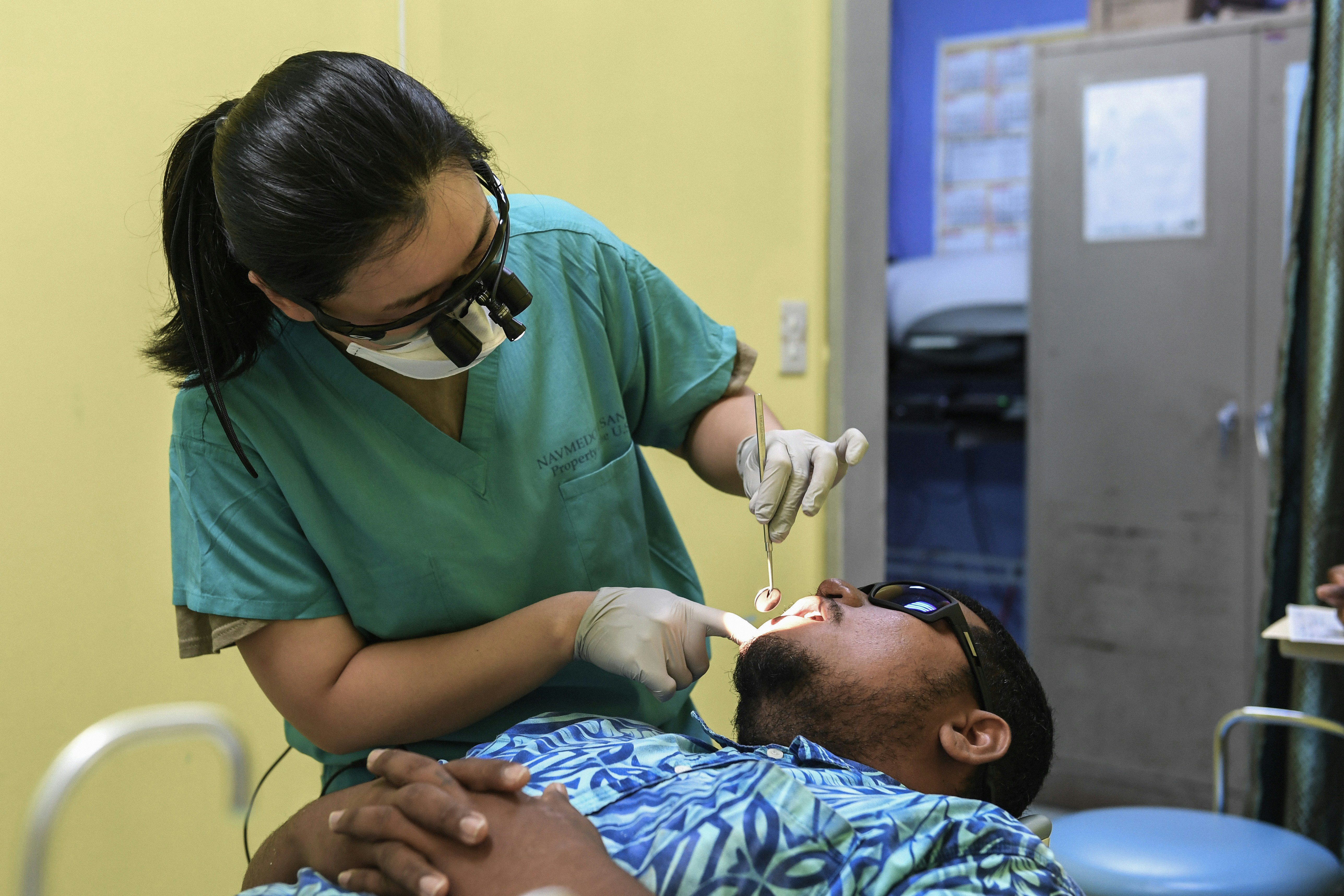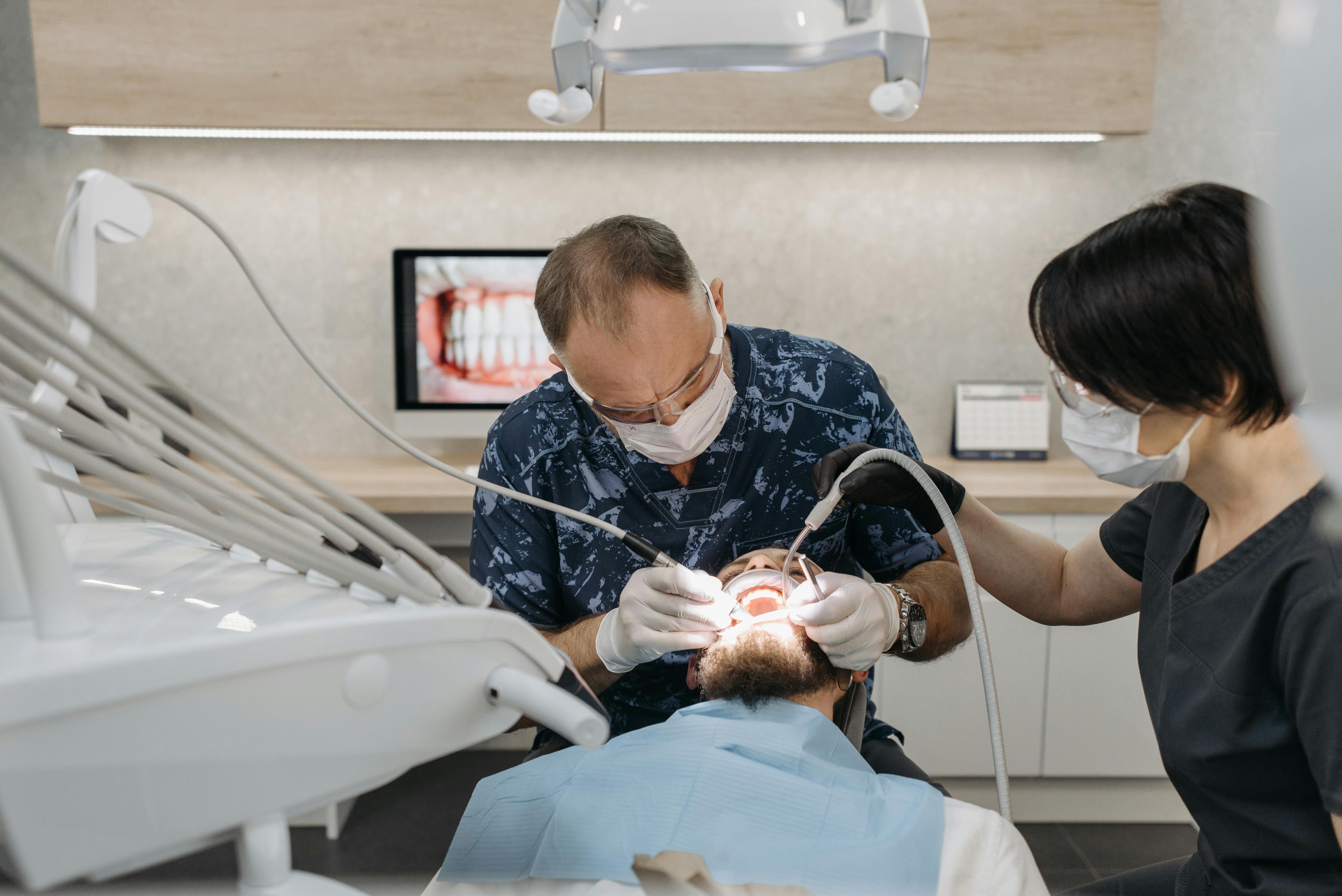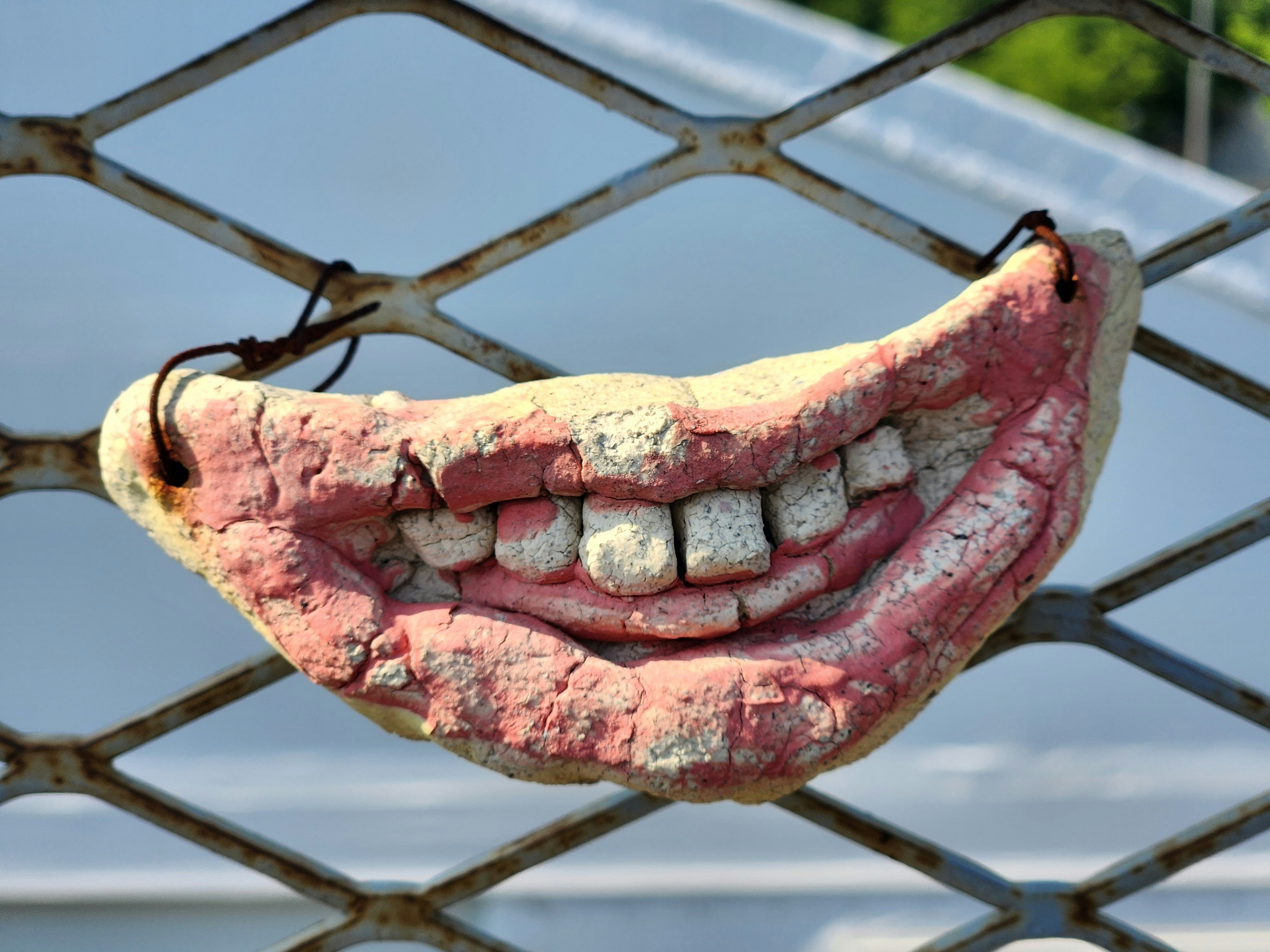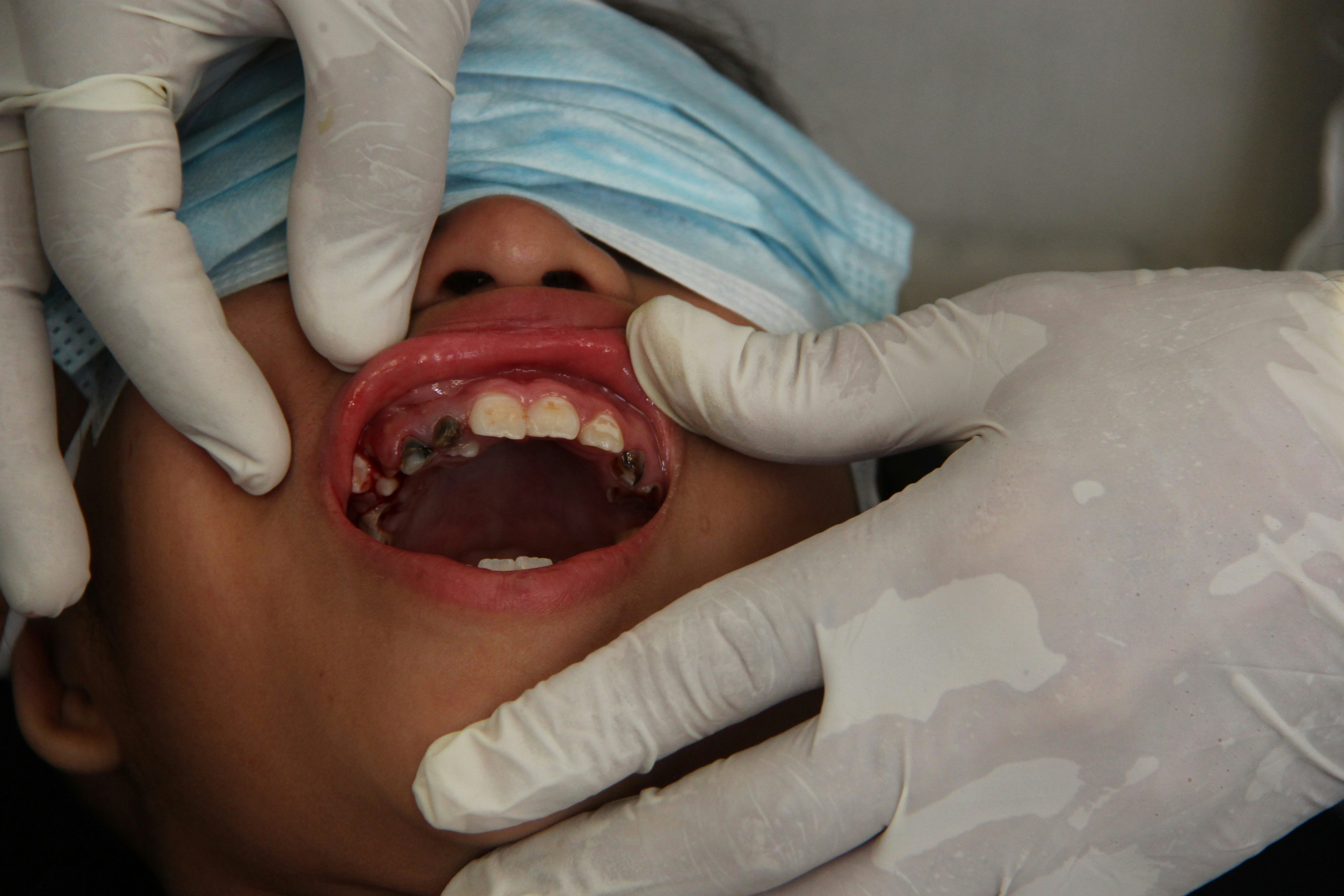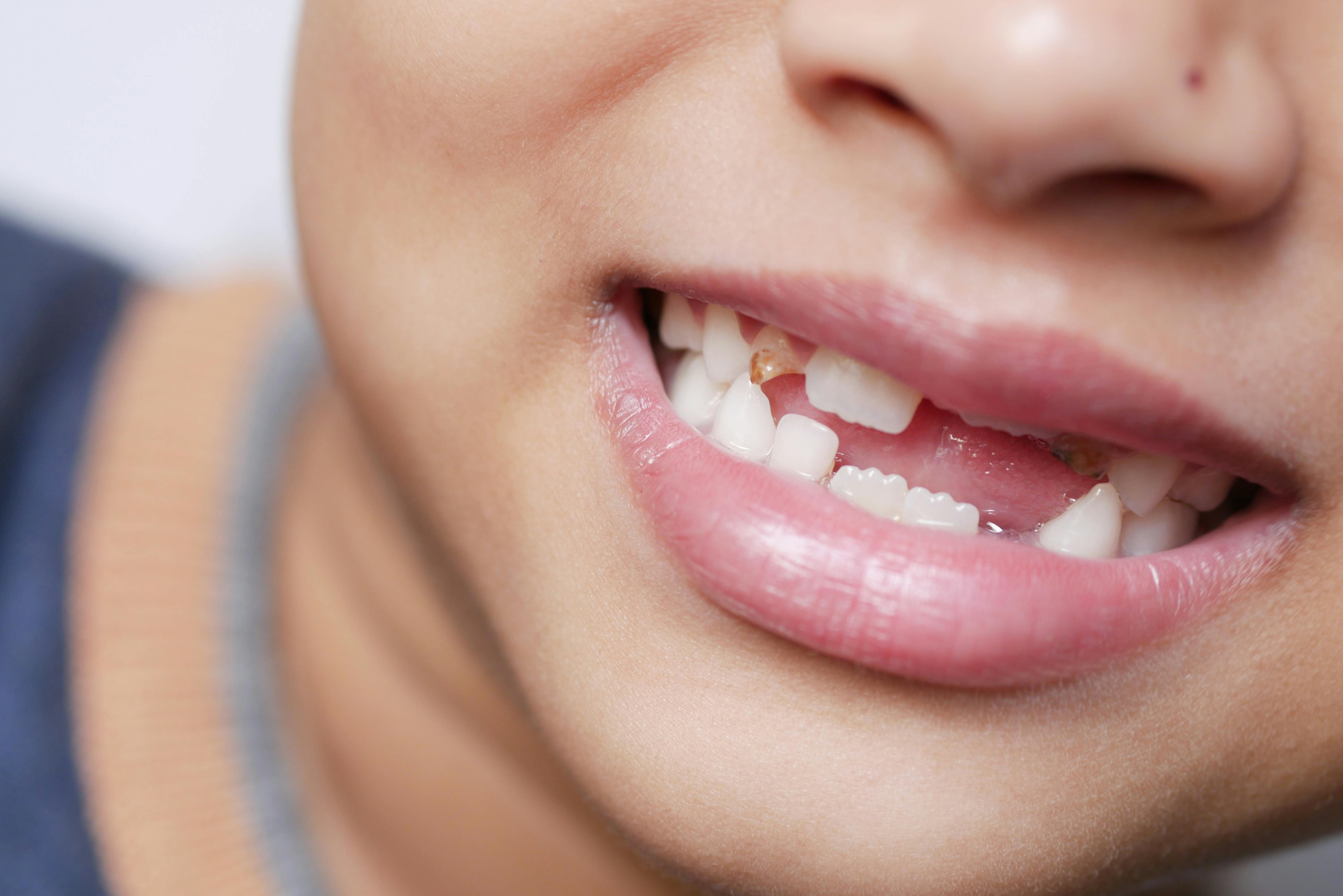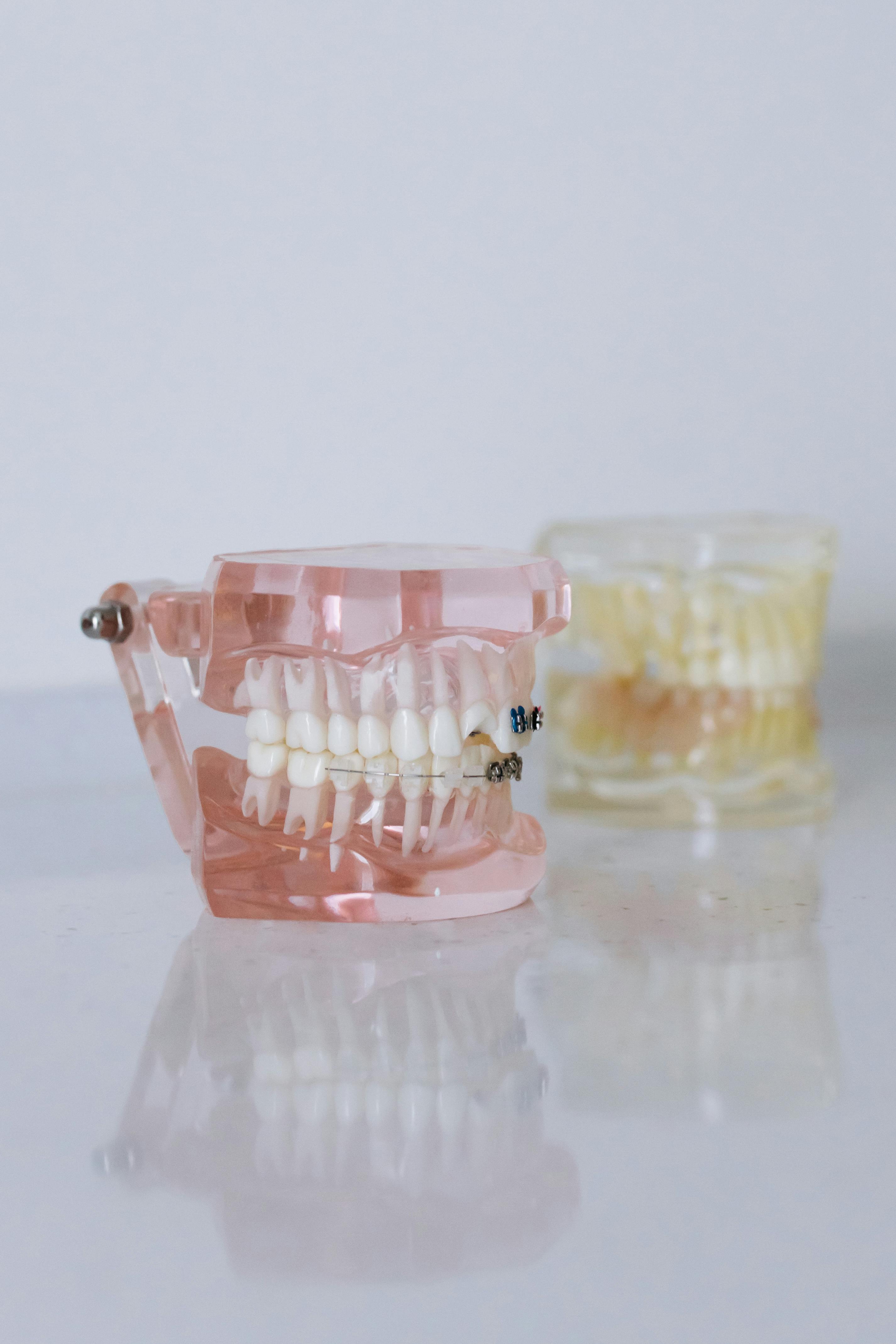Understanding Dental Plaque: Prevention and Removal Strategies
Understanding Dental Plaque: Prevention and Removal Strategies
Dental plaque might be invisible to the eye, but its impact on your oral health is anything but subtle. It’s sticky, stubborn, and if left unchecked, it can lead to cavities, gum disease, and even bad breath. At Gargi’s Dental Care, Kolkata, we believe that understanding plaque is the first step to defeating it. Let’s explore what plaque really is, why it forms, and how you can prevent and remove it effectively.
What Is Dental Plaque?
Plaque is a soft, colorless, and sticky film made up of bacteria, food particles, and saliva. It forms on your teeth and along the gumline throughout the day—especially after eating. When you eat sugars or carbohydrates, the bacteria in plaque produce acids that attack your tooth enamel. Over time, this leads to tooth decay, gum irritation, and tartar buildup if not removed properly.
How Does Plaque Affect Your Oral Health?
When plaque is allowed to accumulate, it begins to harden into tartar (also called calculus), which can’t be removed with a toothbrush. Tartar can cause inflamed gums, gum recession, and even loosen teeth over time. Plaque is also the leading cause of cavities, and it contributes to bad breath by feeding bacteria that release foul-smelling compounds.
Signs You May Have Plaque Buildup
- A fuzzy feeling on your teeth after skipping brushing
- Yellow or white film near the gumline
- Persistent bad breath
- Inflamed, bleeding, or tender gums
- Tartar deposits that appear as hardened yellow or brown patches
If you notice any of these signs, it’s time to tighten up your oral hygiene routine—or visit your dentist for a professional cleaning.
How to Prevent Dental Plaque
- Brush twice daily with fluoride toothpaste, using a soft-bristled brush and the correct technique. Hold the brush at a 45-degree angle to the gumline and use small, circular motions.
- Floss once a day to remove plaque from between your teeth, where toothbrush bristles can’t reach.
- Use an antibacterial mouthwash to kill leftover bacteria and help prevent plaque regrowth.
- Limit sugary snacks and drinks, especially between meals. The less sugar in your mouth, the less fuel bacteria have to produce damaging acids.
- Drink plenty of water throughout the day. Water helps wash away food particles and maintain a healthy saliva flow, which naturally neutralises plaque acids.
- Visit your dentist at least twice a year. Professional cleanings can remove tartar and check for early signs of decay or gum disease.
How Is Plaque Removed?
Daily brushing and flossing remove soft plaque before it hardens. However, once plaque turns into tartar, only a dental professional can remove it using special instruments during a cleaning. This is why regular dental check-ups are so important—even if your teeth look and feel fine.
Don’t Let Plaque Undermine Your Smile
Dental plaque may be invisible, but it’s constantly working behind the scenes. With consistent care and the right habits, you can stop plaque before it turns into a bigger problem. Clean teeth aren’t just about appearances—they’re a gateway to long-lasting oral health.
Due for a Professional Cleaning?
At Gargi’s Dental Care, Kolkata, we use gentle yet effective techniques to remove plaque and tartar buildup, restore gum health, and guide you on preventive care tailored to your lifestyle. Don’t wait for plaque to cause damage—take charge of your smile today.
Book your appointment now
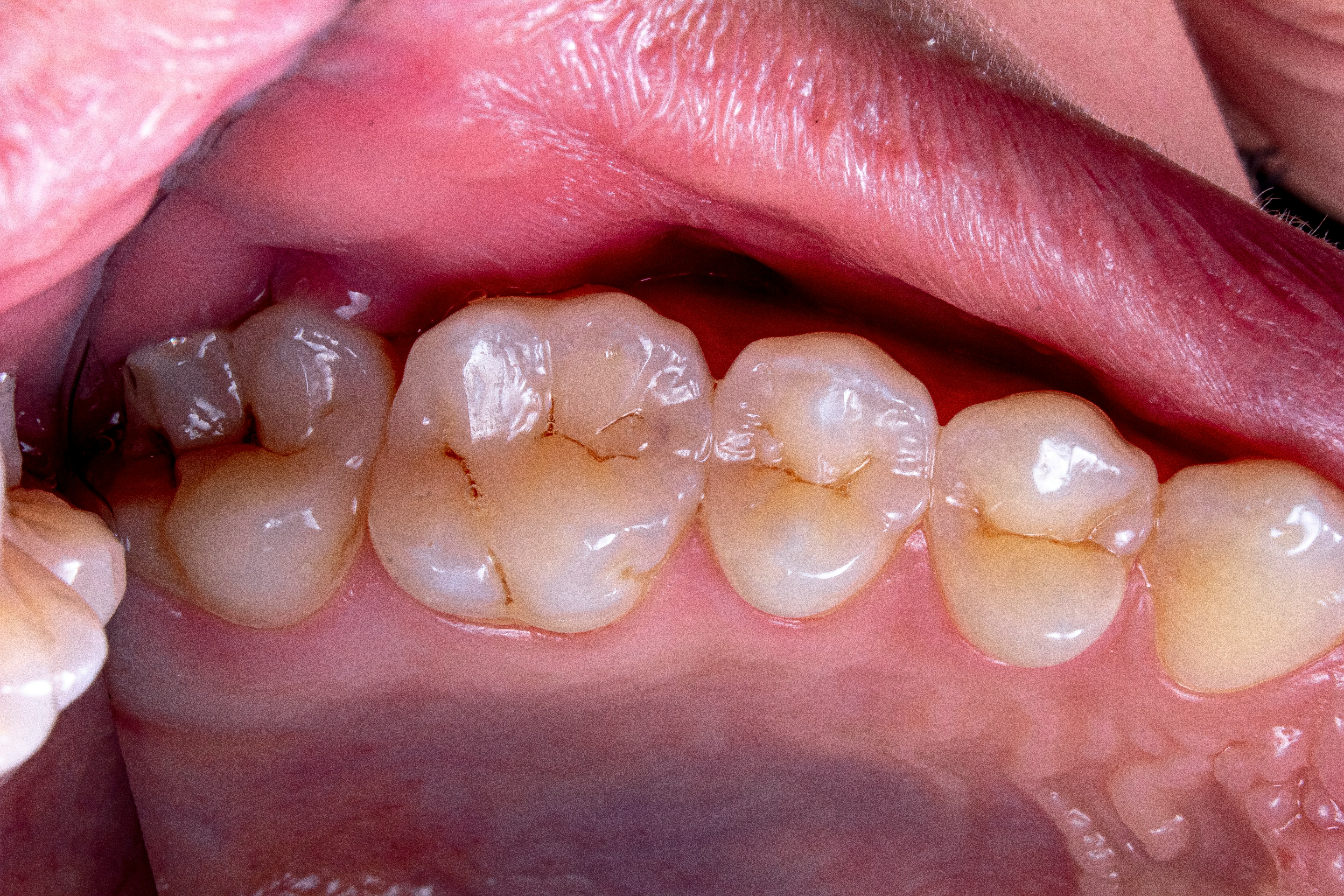

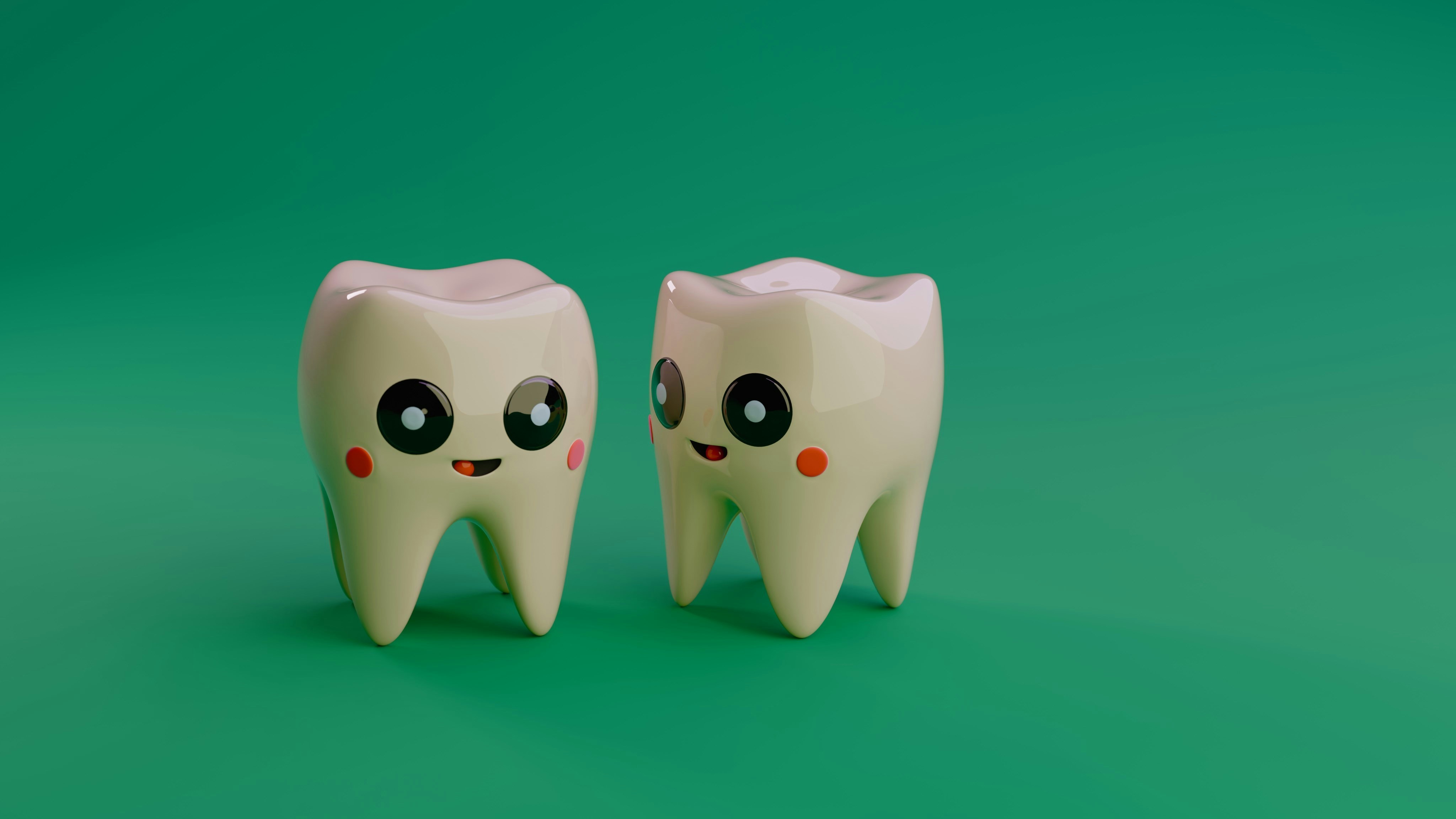
.jpg)
